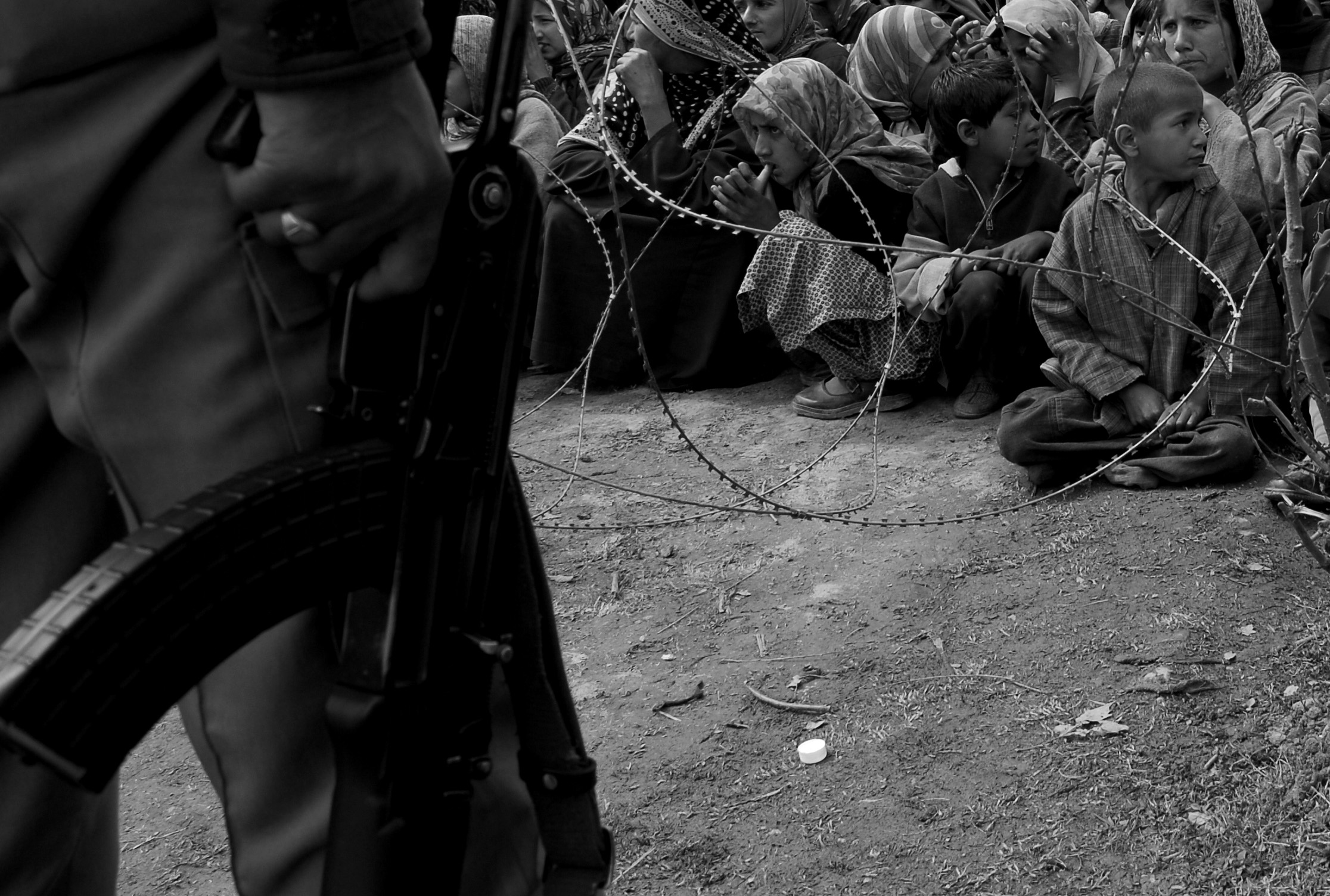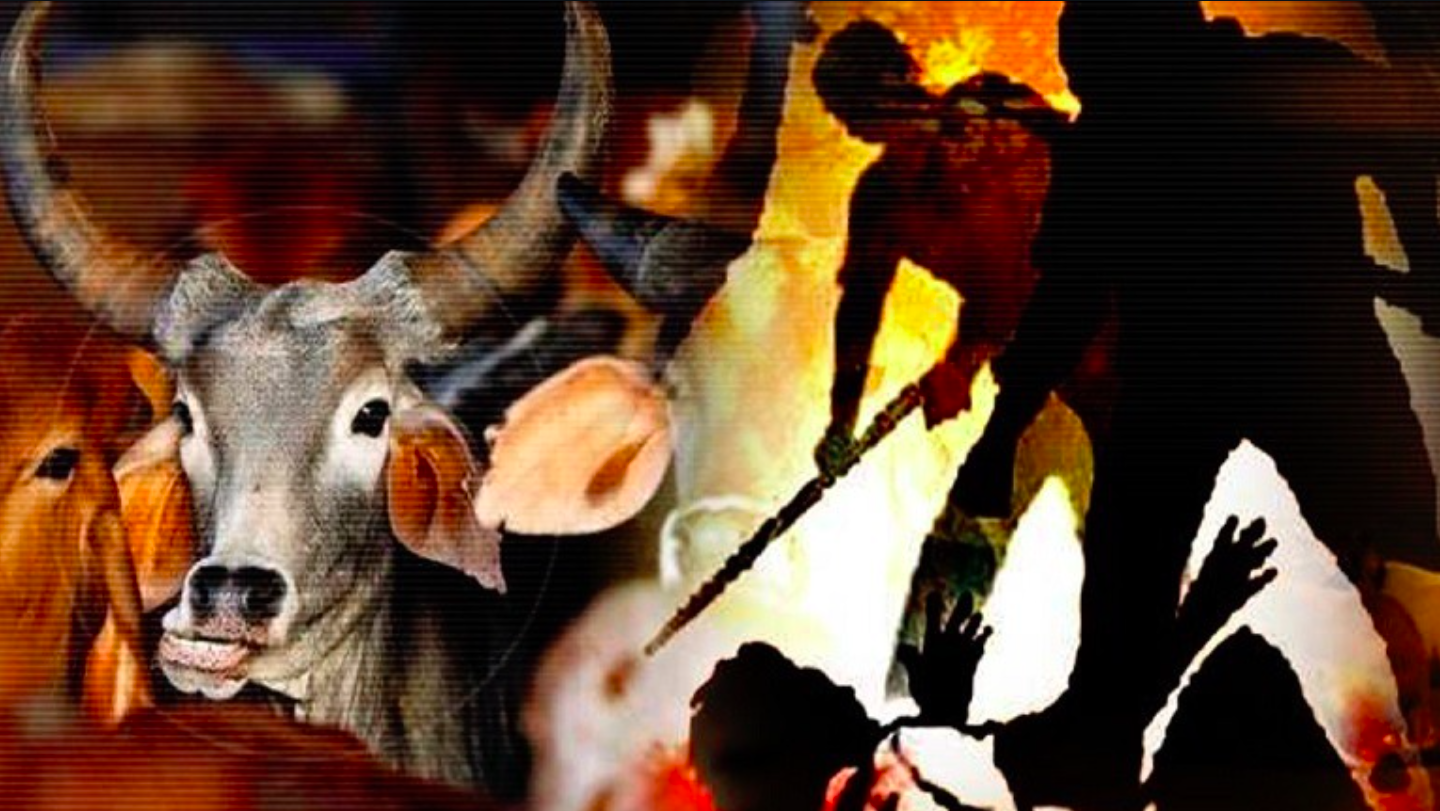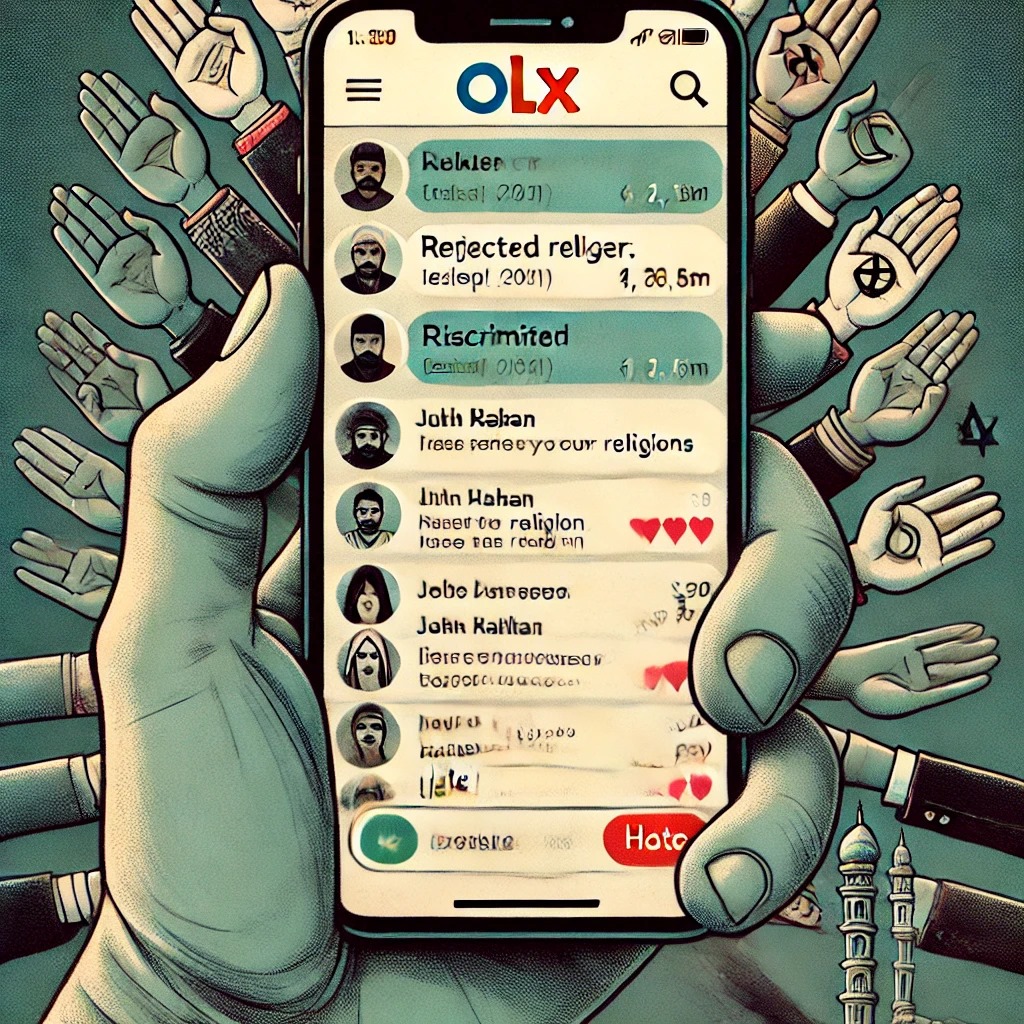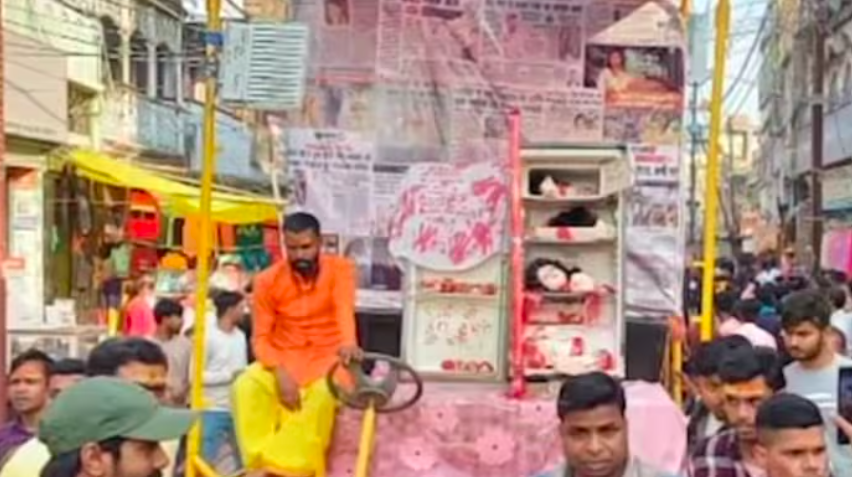Nazneen Haider for BeyondHeadlines
Describing life in Kashmir will never be easy. For an outsider, someone who heavily relies on news and media reports about the “conditions in Kashmir”, it slowly becomes a staple news of terrorist attacks, military insurgency, angry citizens’ protests, never ending curfews, Government reforms and the likes. But reality is what the people living there see and live everyday. No real time news can do justice to what the common Kashmiri witnesses every day.
A young student, Asma, says, “Kashmiris continue to persevere through the dark times, but it seems we are struggling in vain. We seem to be paying a price for no one’s mistake.”
Living in Downtown Srinagar, Asma claims to have witnessed “such oppression and use of force that someone seldom comes across”. She adds, “People are beaten inhumanely even if they venture out of their homes to get milk and bread.”
A local bread-makers shop was ransacked by the police “because he had the audacity to open his shop” and some people had gathered the courage to venture out and get some bread to feed their family.
Asma claims that a CRPF jawan shouted: “you feed your children milk and bread and later on they come out to pelt stones on us.”
Sarcastically people on street put it, “this is an effective way of putting a stop to stone pelting, starve everyone to death. Even baby food and medicines are hard to come by during curfews.”
Sajjad Shah, another young man of 23 says, “The experience of sitting idol at home since the last two months has been traumatic. We have nothing to do. Schools, colleges, offices are all shut. No business happens.”
There is absolutely nothing to do “except sit at home and pray for these hard times to get over soon.”
The dilemma of general Kashmiri is that how to make the government at centre and the world at large understand that this is not what they want in reality. Like any normal human, Kashmiris too want happiness and peace.
“Our situation is very difficult to explain. No amount of words or pictures can make an outsider realize the terror we go through,” adds Shah.
How does one explain the “blood-curdling screams of the parents who have lost their sons? Or the pain and grief in the eyes of a woman, who doesn’t know the whereabouts of his husband. Or even worse, if he is alive?
A 9-year-old child was beaten ferociously, after he was shot at, until he was dead. Such virulent attacks and suppression will get nothing more than anger and hatred.
There is severe famine in many parts of Kashmir but no one bothers about it. Living in the valley one seems to suffer from a perpetual intellectual blockade. During the curfews, matters become worst. Local news channels are banned. Circulation of newspapers stops. Journalists are manhandled.
There seems to be chasm of time between Kashmir and the world at large and rightly so. While young students are worried about their career, study at niche colleges like IIT’s and IIM’s, enjoy life and have a good time; Kashmiris are still living under the shadows of barbed wires, barricades, guns and bullets.
The largest democracy in the world does not fail to call Kashmir its integral part on every platform, but its actions often tell a different story.
Nazneen Haider is a Mumbai based journalist and can be contacted at nazneen.haider87@gmail.com.
The views expressed in this article are the author’s own and do not necessarily reflect BH’s editorial policy.










